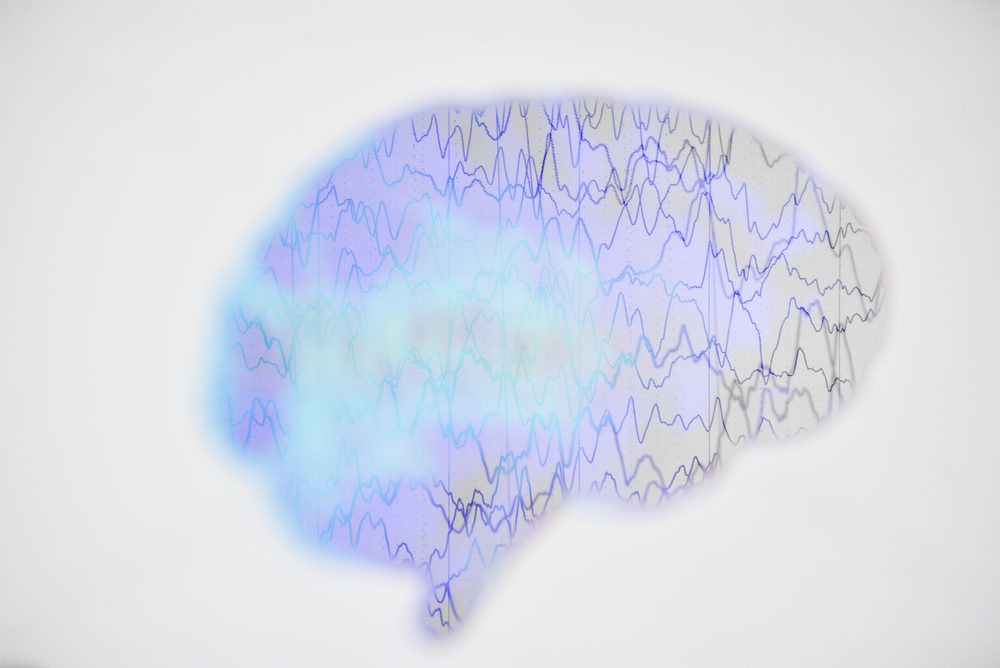
Exploring the Five Main Brain Waves: A Scientific Approach
Do you know of the five primary brain waves? They are Delta, Theta, Alpha, Beta, and Gamma.
- Author:
- Christopher Truffa
- Date:
- January 23 2024
Each of these brain waves is associated with different states of consciousness and activities.
Delta waves link to deep sleep,
Theta waves to meditation and relaxation,
Alpha waves to a wakeful and relaxed state,
Beta waves to active and alert mental activity,
Gamma waves to high-level cognitive processing.
The human brain operates on various frequencies, known as brain waves, each associated with distinct states of consciousness and activities. Understanding these brain waves can provide insights into our cognitive functions, emotional well-being, and overall mental health. In this article, let's begin understanding the five primary brain waves – Delta, Theta, Alpha, Beta, and Gamma – exploring their characteristics, benefits, and real-life examples. Additionally, we'll discuss habits that can help people identify the brain waves associated with specific tasks and see how they relate to real-life examples.
1. Delta Waves: Frequency Range: 0.5 - 4 Hz
Delta waves are predominantly associated with the deepest stages of sleep, promoting physical healing and regeneration. A real-life example of delta wave activity is the slow, rhythmic brain activity observed during a deep, dreamless sleep.
Habit to Identify Delta Waves:
- Consistent Sleep Schedule: Maintaining a regular sleep pattern and ensuring adequate sleep duration can promote delta wave activity. Establishing a calming bedtime routine may enhance the quality of deep sleep.
2. Theta Waves: Frequency Range: 4 - 8 Hz
Theta waves are prevalent during light sleep, deep meditation, and states of creativity. Theta wave activity happens during daydreaming or when engaging in creative pursuits like painting or playing a musical instrument.
Habit to Identify Theta Waves:
- Mindful Meditation: Regular meditation practices, especially those focusing on mindfulness and introspection, can help individuals experience theta wave states. Engaging in activities that encourage daydreaming and creativity also stimulates theta waves.
3. Alpha Waves: Frequency Range: 8 - 14 Hz
Alpha waves are prominent in a relaxed and wakeful state, such as during meditation or light reflection. A real-life example of alpha wave activity is the calm and alert mental state experienced while leisurely walking in nature.
Habit to Identify Alpha Waves:
- Mindful Breathing Exercises: Incorporating mindful breathing exercises into daily routines can promote alpha wave activity. Additionally, spending time in nature, away from distractions, allows the brain to naturally shift into an alpha-dominant state.
4. Beta Waves: Frequency Range: 14 - 30 Hz
Beta waves dominate during active and alert mental activities, including problem-solving and decision-making. An example of beta wave activity is when a person intensely focuses on solving a complex puzzle or engaging in critical thinking during a challenging task.
Habit to Identify Beta Waves:
- Focused Work Sessions: Structuring work or study sessions with specific goals and deadlines encourages beta wave dominance. Limiting distractions and maintaining a task-oriented approach can enhance beta wave activity.
5. Gamma Waves: Frequency Range: 30 - 100 Hz
Gamma waves are involved in high-level cognitive processing, including perception and consciousness. A real-life example of gamma wave activity is when individuals experience a "eureka" moment, gaining sudden insight into a problem.
Habit to Identify Gamma Waves:
- Lifelong Learning: Engaging in activities that challenge the mind, such as learning a new skill or solving complex problems, can stimulate gamma wave activity. Moments of heightened awareness and insight often coincide with increased gamma wave presence.
Brain Waves and Their Benefits
| Brain Wave | Frequency Range | Primary State | Key Benefits | Real-Life Example | Habit for Identification |
| Delta | 0.5 - 4 Hz | Deep Sleep | Restorative sleep, enhanced immune function | Dreamless sleep | Consistent sleep schedule |
| Theta | 4 - 8 Hz | Meditation, Creativity | Learning facilitation, creativity stimulation | Daydreaming, creative pursuits | Mindful meditation, creative activities |
| Alpha | 8 - 14 Hz | Relaxed Wakefulness | Stress reduction, improved mental clarity | Leisurely walk-in nature | Mindful breathing exercises, nature time |
| Beta | 14 - 30 Hz | Active Thought | Focus promotion, critical thinking | Intense problem-solving | Focused work sessions |
| Gamma | 30 - 100 Hz | High-Level Cognition | Enhanced cognitive abilities, heightened perception | "Eureka" moments | Lifelong learning activities |
Understanding the dynamics of these brain waves and adopting corresponding habits provides valuable insights into optimizing our mental states for various activities, contributing to overall well-being and cognitive performance. Ride the wave.
Are you ready to take the journey?
Take the journey and find your nature guide.


